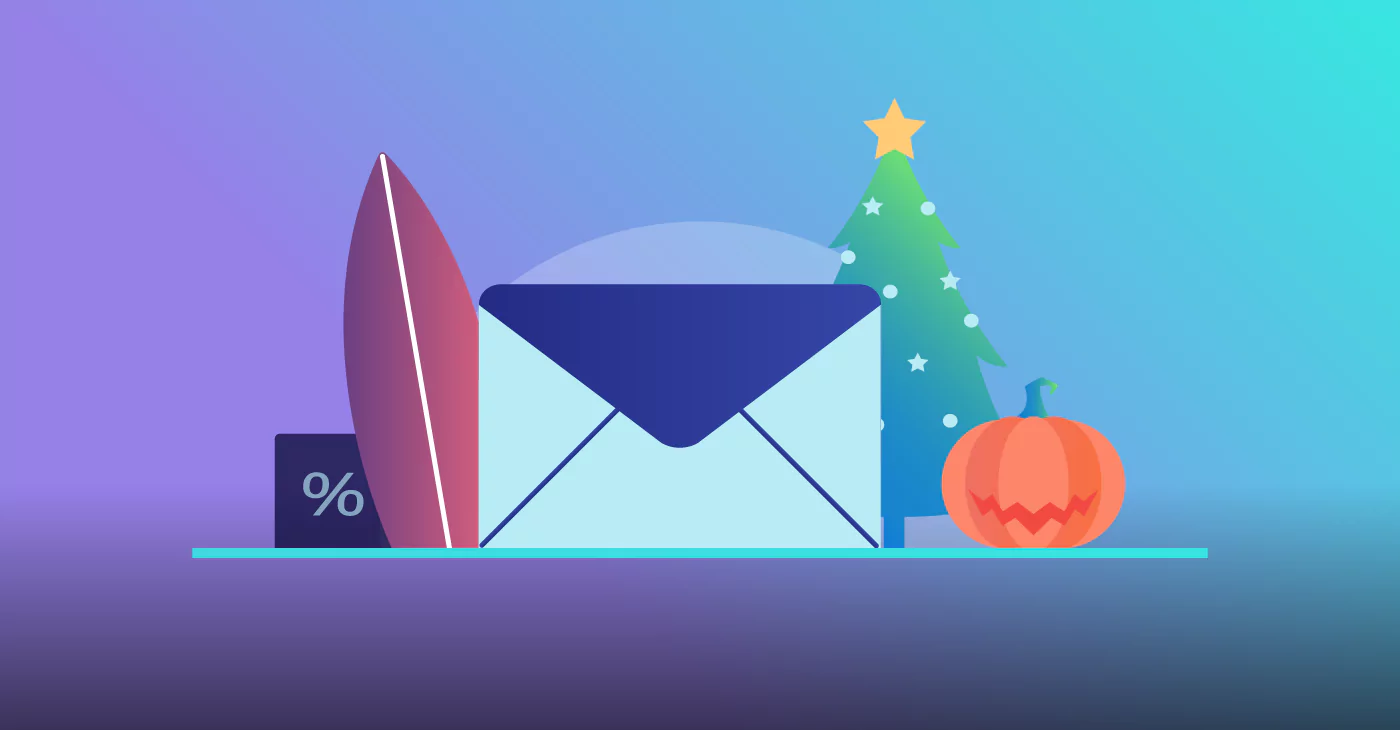
In the words of David Newman, Author of Do It! Marketing, “Email has an ability many channels don’t: creating valuable, personal touches – at scale.”
Email marketing is possibly the most valuable communication channel for you as a business owner. It allows you to nurture and build personal relationships with your target audience and contacts in your list. And with high volume email marketing, you can nurture all these relationships with your contacts simultaneously.
Read on to learn about high-volume email marketing and how you can harness it for your business.
The Difference Between High Volume and Low Volume Email Sending
High-volume email sending, as the name implies, refers to sending email communication to a large database of contacts in one go. While there is a variation in what is considered high-volume, when your email list grows to tens of thousands of contacts, you have a high-volume email list.
Low volume sending, on the other hand, implies that you send email correspondence to a small number of contacts, usually a few thousand. This is typically what the email lists of small business owners look like. Ideally, what is encouraged in email marketing is to send emails in batches to contacts – low-volume email sending.
While high-volume email sending gets a bad rap because of the need for content optimization and personalization, there are some occasions when your business may need to send a high-volume email. So, how do you ensure you tick all the boxes for effectiveness?
How To Personalize High Volume Emails
When you search for high-volume email marketing on the internet, some results will tell you that it is an email blast that is generic, non-segmented, and usually not personalized to your audience.
In the age where your audience expects you to personalize email content to their preferences, you need to change how you do high-volume email sending for the best results.
Below are some ways that you can up your game when it comes to high-volume email marketing.
1. List Segmentation
While you won’t be sending emails to each segmented group in your high volume list separately, you still need to carry out this exercise to improve your email sending deliverability and effectiveness.
Break your large email list into several smaller groups for laser-targeted email marketing. Draw from the attributes of your business’s buyer personas and what differentiates them. Some ways to segment your contacts are:
- Industry or job function
- Purchase history
- Geography
- Buyer’s journey
- Company size
- Job title
- Web behavior
Once you have segmented your high-volume list, you can move on to personalization.
2. Personalization
Even with high-volume email sending, you can still make your email content relevant to different contact segments by making use of dynamic content. This allows you to hone the bulk email you send to each contact segment based on the attributes you set. So, you can send an email to all the contacts on your list at once, but each contact gets an email that fits with their interests.
If you need help with coming up with engaging email content, Benchmark Email’s Smart Content helps you create personalized and engaging email content optimized for conversions.
3. CRM Integration
One of the arguments against high-volume email sending is that it’s a hit-or-miss email marketing tactic for businesses who know little about their contacts and audience. But you can be different in how you do your high volume sending by paying attention to your target audience and the data you have about them.
A great way to do this is to integrate your email marketing software with a CRM to gather all the data about your subscribers in one place and also draw insights to improve your email marketing. Your insights will play an important role in segmentation and content personalization for high-volume email sending.
Benchmark Email lets you connect with your CRM using our Zapier integration and integrates with numerous services that may be a part of your marketing stack.
Tips For Ensuring Your High Volume Email Sending Practices Stay Efficient
Unlike low-volume email sending, the slightest mistake can affect your email deliverability which can spiral to other measurable email marketing stats. Use the tips below to keep things running smoothly.
Regular List Maintenance
It is crucial that you only send high-volume emails to opt-in subscribers who have chosen to be a part of your correspondence. Always check for unsubscribes, take note of bounces, and eliminate dormant and inactive contacts.
Be Consistent
If you need to send bulk emails, strive to be consistent in how and when you send your emails and the number of contacts you send them to. Avoid sending too many emails in a short space of time, as this might lead to you getting flagged as spam.
Employ Marketing Automation
Use email marketing automation to streamline your workflow. With features like email triggers and scheduling, you can send your email follow-ups at the times that work best for your subscribers and capitalize on every opportunity to convert.
High-volume email marketing doesn’t have to be all about generic email content blasts. You can still apply the rules that guide email marketing, like segmentation and personalization, to optimize your high-volume email sending for engagement and conversions. Not sure where to begin? Benchmark Email has got you covered. Sign up for a free account today.






